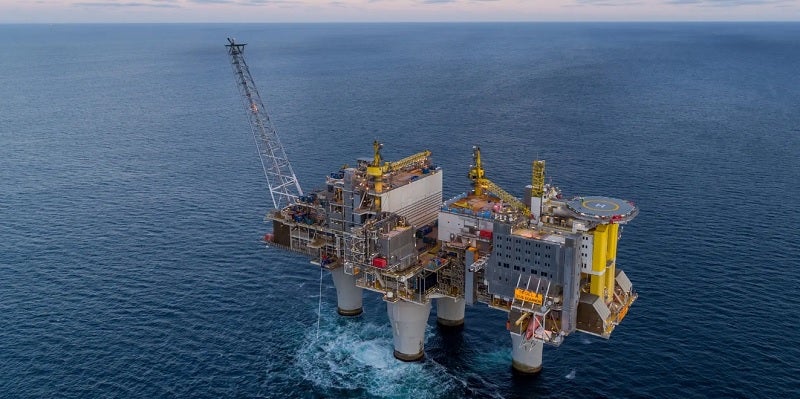
Equinor Energy has announced making a new oil and gas discovery called Røver Sør in production licence 923 (PL 923), near the Troll field in the Norwegian North Sea.
The Røver Sør discovery was made through the drilling of wildcat well 31/1-3 S and was delineated by the drilling of appraisal well 31/1-3 A by the Transocean Spitsbergen rig.
According to Equinor’s preliminary estimates, the discovery holds 17-47 million barrels of recoverable oil equivalent, with the majority being oil.
Røver Sør marks the seventh discovery in the area since 2019 autumn with the others being Echino Sør, Swisher, Røver Nord, Blasto, Toppand, and Kveikje.
The new discovery is located nearly 10km northwest of the Troll and 130km of Bergen in the northwest direction.
Equinor and its partners in PL 923, which include DNO, Wellesley Petroleum, and Petoro, will explore tying the Røver Sør discovery into existing infrastructure in the Troll region.
Equinor exploration and production west operations senior vice president Geir Sørtveit said: “Discoveries close to existing infrastructure are important to maintain oil and gas production from the Norwegian continental shelf. They need smaller volumes to be profitable and can be put on stream quickly with low carbon emissions.
“As this discovery is close to the Troll field and other discoveries we have made in the area, we can already now state that it will be commercial.”
The wildcat well 31/1-3 S intersected a gas column of nearly 80m in the Tarbert and Ness Formations, and an oil column of about 50m in the Ness, Etive, and Oseberg Formations. It was drilled to a vertical depth of 3,558m below sea level, as per the Norwegian Petroleum Directorate (NPD).
The oil/water contact was made at a depth of 3,227m below sea level in the Oseberg Formation.
Both 31/1-3 S and 31/1-3 A were not formation-tested. However, extensive data acquisition and sampling are said to have been undertaken.



